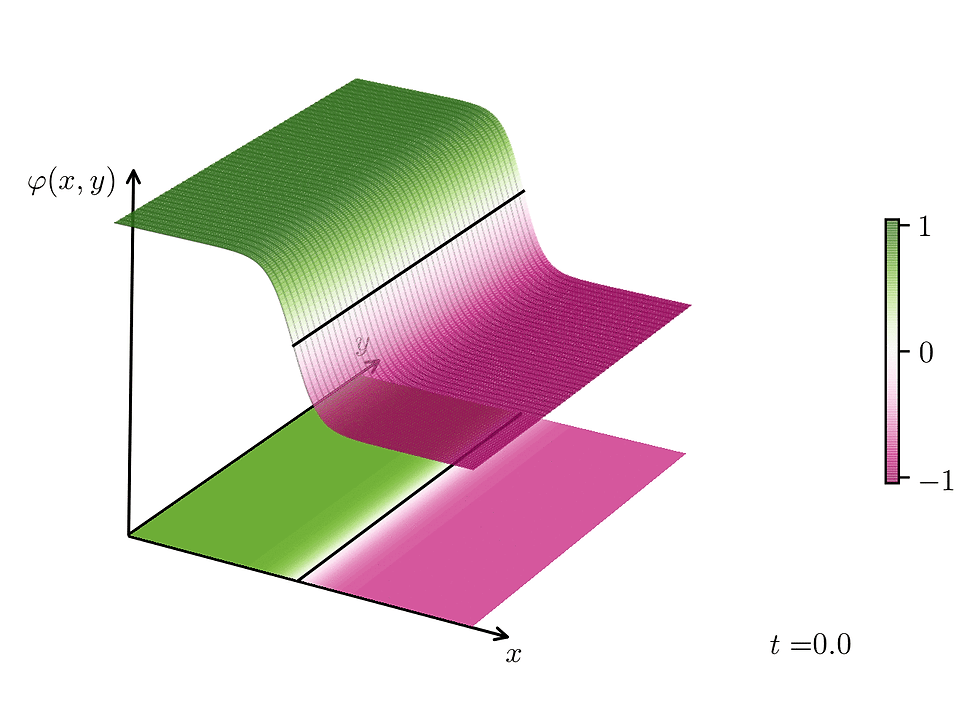A high-performance computing and statistical physics approach to wound healing
- Nirvana Belén Caballero

- May 1, 2021
- 2 min read
Updated: Jul 14, 2021
Living organisms are very complex systems. Its complexity emerges from the plethora of mechanical and chemical interactions present at different scales encompassing internal cell interactions and interactions between distant cells.
When tissue is developed to form an organism, when a tumor is growing, or when a wound is healing, cells organize themselves and move collectively in complex ways that we still do not fully understand. Just until some years ago it was believed that cancer metastasis would occur due to the migration of a single cell from the tumor. Now it is known that metastasis occurs through collective cell migration.
Understanding and characterizing collective cell migration is thus of great importance. From a physics perspective, migrating cell fronts can be described as elastic interfaces in disordered media. In other words, we can extract information about the whole system by just observing a small part of it: its edges. By analyzing geometrical and dynamical properties of the colony edges we can reveal the characteristic length scales of the dominant interactions, and point towards the underlying biological pathways.

Guillaume Rapin, Steven A. Brown, and Patrycja Paruch, with the assistance of Audrey Rawleigh and Ermanno Moriggi in the University of Zurich, imaged propagating cell colonies in an in-vitro scratch assay over multiple orders of length-scales (from 1 μm to 2 cm) and several days. (The longest cell fronts observed until now! What a team!). They repeated these experiments with different pharmacological modulators (meaning: they gave different drugs to the cells).

With high-performance computational techniques, my codes allowed the analysis of *billions* of points in the cell colonies in *minutes*. This data and previous analytical predictions [1], allowed us to analyze the important length scales of the problem.
We find that the statistical properties of the cell front provide information about the interactions in the colony: the roughness of proliferating fronts is governed by two different hierarchies of interactions, with distinct behavior at sub-cell and few-cell length scales (2-10 cells).

Pharmacological modulators significantly affect the proliferation speed of the cell fronts as well as the evolution of their roughness, increased when cell-cell communication is perturbed, and decreased when cell division is repressed. Rougher is faster!.
Main reference:
OPEN ACCESS
Guillaume Rapin*, Nirvana Caballero* (*equal contributions), Iaroslav Gaponenko, Benedikt Ziegler, Audrey Rawleigh, Ermanno Moriggi, Thierry Giamarchi, Steven A. Brown, and Patrycja Paruch
Roughness and dynamics of proliferating cell fronts as a probe of cell-cell interactions
Other cited articles:
[1] Nirvana Caballero, E. Agoritsas, V. Lecomte, and Thierry Giamarchi
From bulk descriptions to emergent interfaces: Connecting the Ginzburg-Landau and elastic-line models
Find more in the supplementary information


Comments